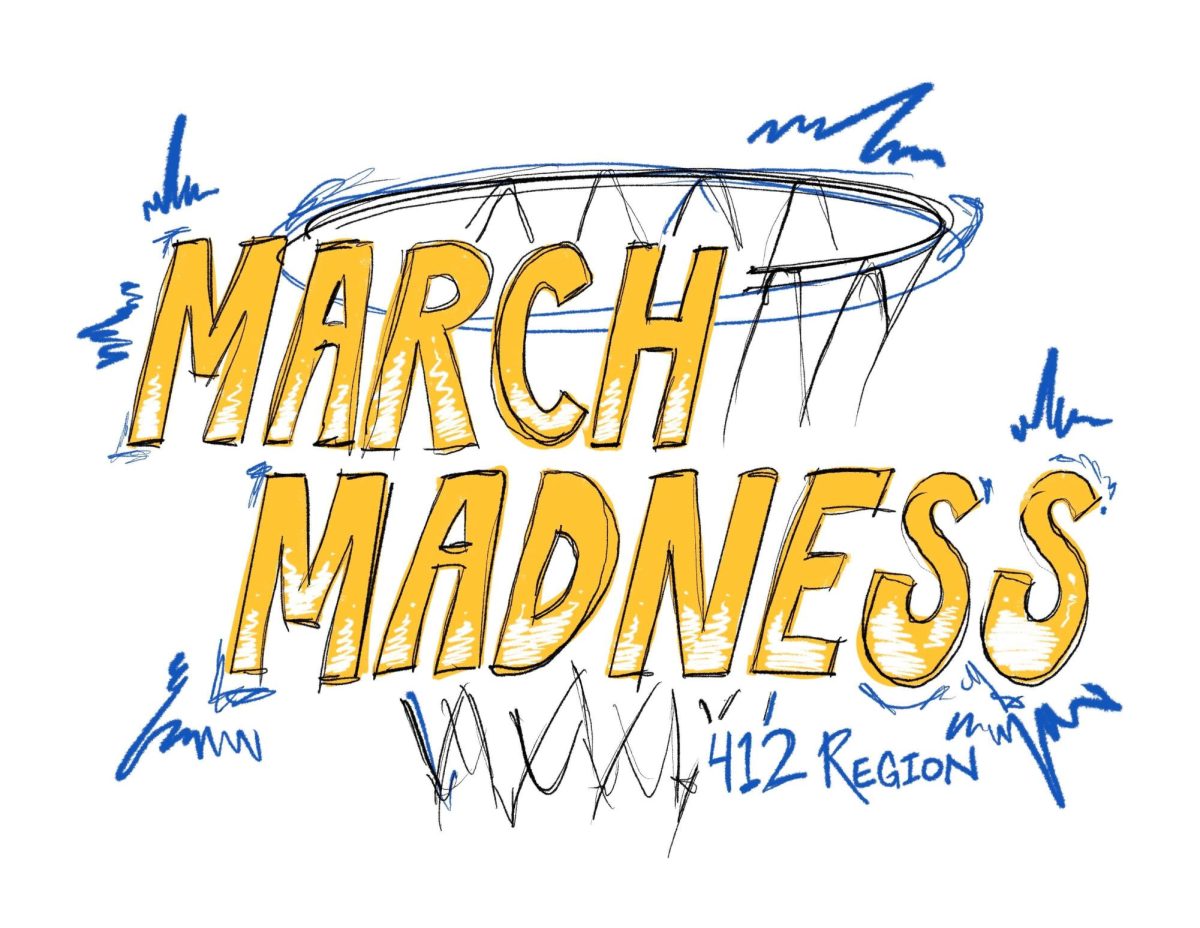Kozlowski: Find the eloquent speaker in you
March 1, 2010
Horror movies, for all the horror and revulsion they provoke, are seldom criticized for… Horror movies, for all the horror and revulsion they provoke, are seldom criticized for having plots that are too realistic. Indeed, part of the allure of a horror film is the opportunity to have the bejeezus scared out of you and yet calmly realize that if you actually see dead people, you should watch a more recent film.
So, what’s the most realistic horror film of the last decade? I would nominate “The Great Debaters.” Why, you say? Well, try saying that in front of a crowd of people. I dare you. The Book of Lists published a list of the 14 most common human fears, based on a 3,000-person survey — chances are, you’ve heard of this before. Topping the list? Speaking before a group, with 41 percent of respondents listing it. Coming in tied for number six is death, at only 19 percent. That’s right, if you kill somebody on his way to a speech, odds are you did him a favor.
The fear of public speaking is very real, very keen and very common. Indeed, I would argue that 59 percent of people in that survey were not being completely honest. As someone who was on his high school speech team for almost four years and is a speech coach nowadays, you might expect me to be completely unafraid of public address. Yet I still feel a twinge of anxiety before going in front of a crowd, and many of my teammates — even the most seasoned — confess to being slightly nervous before competition.
What about speakers that seem really, really confident, need I say fearless, on TV or on stage? Take a closer look: Some of them walk around a lot, some will keep one hand in their pocket and some will fiddle with the microphone. Others have a tight grip on the podium. I, for one, hold my hands on my stomach. These little ticks are ways of comforting yourself. The fear hasn’t gone away; it’s simply been mastered. This is not to say that some people aren’t less scared than others, but even those who are comfortable in front of an audience are still a bit afraid.
Where does this fear come from? Most likely it is a combination of two fears: exposure and fear of humiliation. Being “on the spot” means that it is just you facing a seemingly endless sea of eyes. This could work on one of two fears: Claustrophobia, where the eyes seem to be closing in on you, as they all stare in your direction, or agoraphobia, where the eyes suggest an endless and very open void. The exposure part might be a stretch, but fear of humiliation is not. Show me a person who can’t wait to be embarrassed because he likes it so much, and I’ll show you a person who needs serious help. There is no better place to make a fool of yourself in front of a lot of people than, well, talking to a lot of people at the same time.
Ironically, the fear of doing poorly in front of a crowd leads to a poor performance in front of a crowd. What do bad speakers usually do? They talk inaudibly. They talk to their notes or to their PowerPoint. They hem and haw. The inaudible speaking and talking into the notes limits the audience, so now the speaker has an audience of just himself. Hemming and hawing is the verbal equivalent of keeping your hand in your pocket: It fills awkward silences when the speaker does not know what to say next.
So, what can be done to manage this fear? Clearly, some people are able to handle it quite well. The first and most important thing to realize is that you, the speaker, are in control. Unless you are speaking to the British or Taiwanese Parliament, the audience is expected to sit there quietly and listen. They ultimately are not determining what you are going to say and by extension what is going to be said. With great responsibility comes great power.
Second, it is best to be prepared. Knowing what you are going to say makes it so much easier to say it. Now, I’ve always found it easier to have an outline of the speech than an explicit text to memorize. If I’m making up the speech as I go along with an outline of where I’m going firmly in my head, I don’t have to worry about forgetting a key phrase or two and then stumble around trying to find it again.
First and last impressions are key. Most folks have made their mind up about you in the first 30 or so seconds of the speech. It actually helps if the first 30 seconds of your talk are somewhat tangential to what you are going to say — something related to your topic, but not just flat-out saying “Hi, my name is Bob, and I’m going to talk about newspapers.” A better start might include some anecdote about Joseph Pulitzer, for instance.
Lastly, telling a few jokes can be reassuring provided the audience appreciates them. A laughing audience isn’t as menacing, and when you can get the audience to laugh, it clearly establishes who is in control, which is reassuring.
After a while, speaking in public does come more easily, but this natural human fear never fully vanishes. The best thing to do to reduce a fear is to practice — a lot.
Write kozthought@gmail.com.


